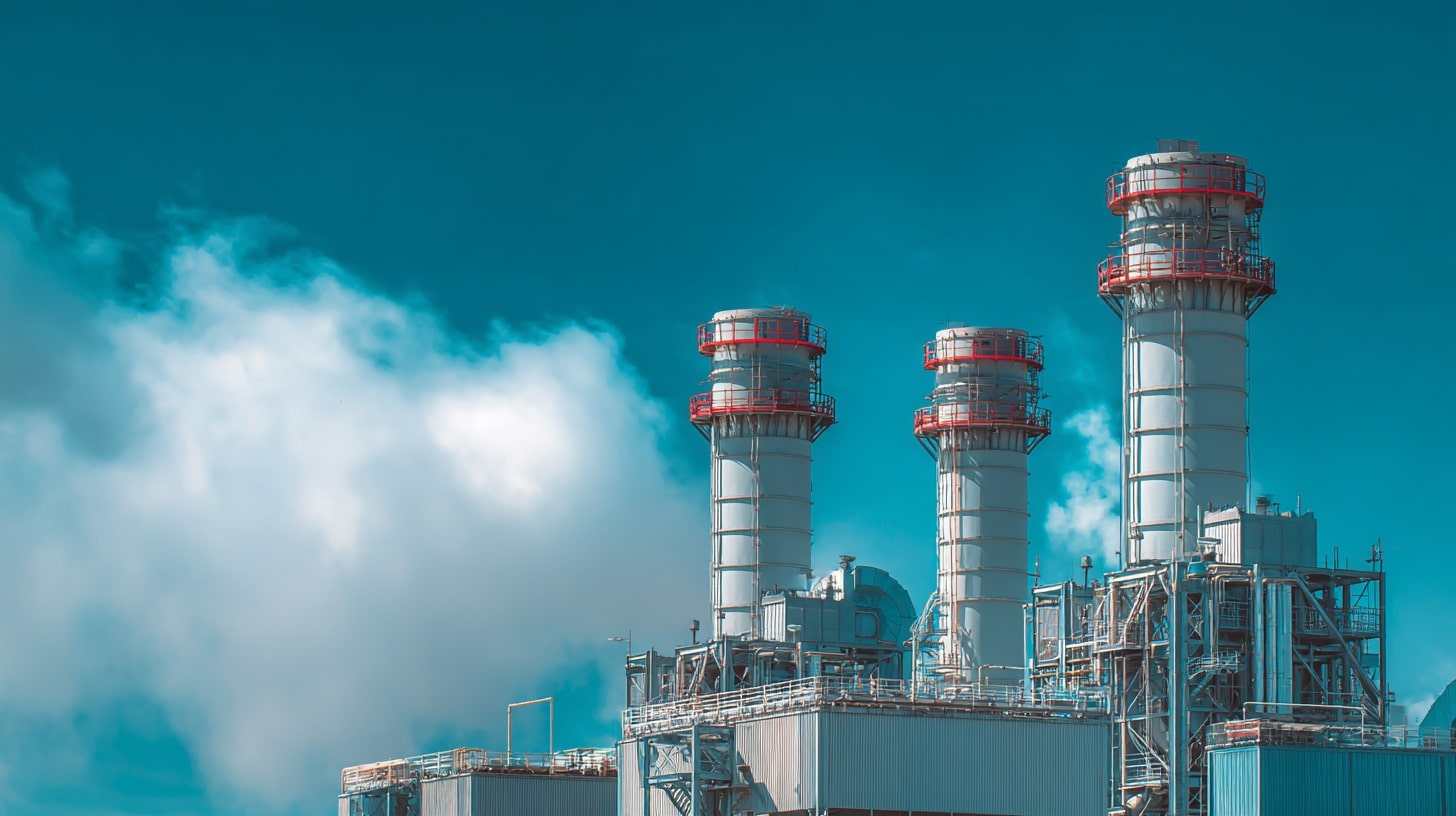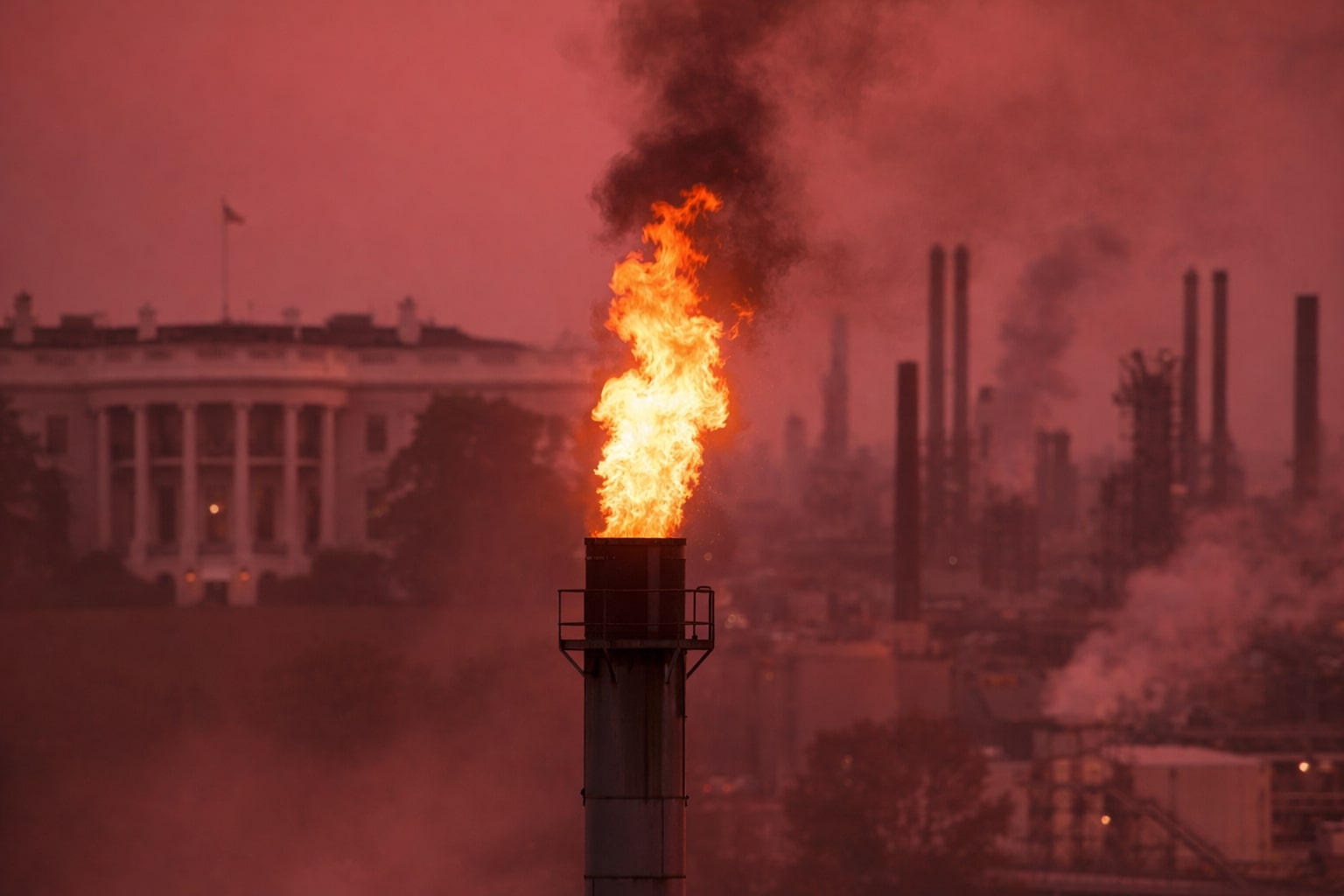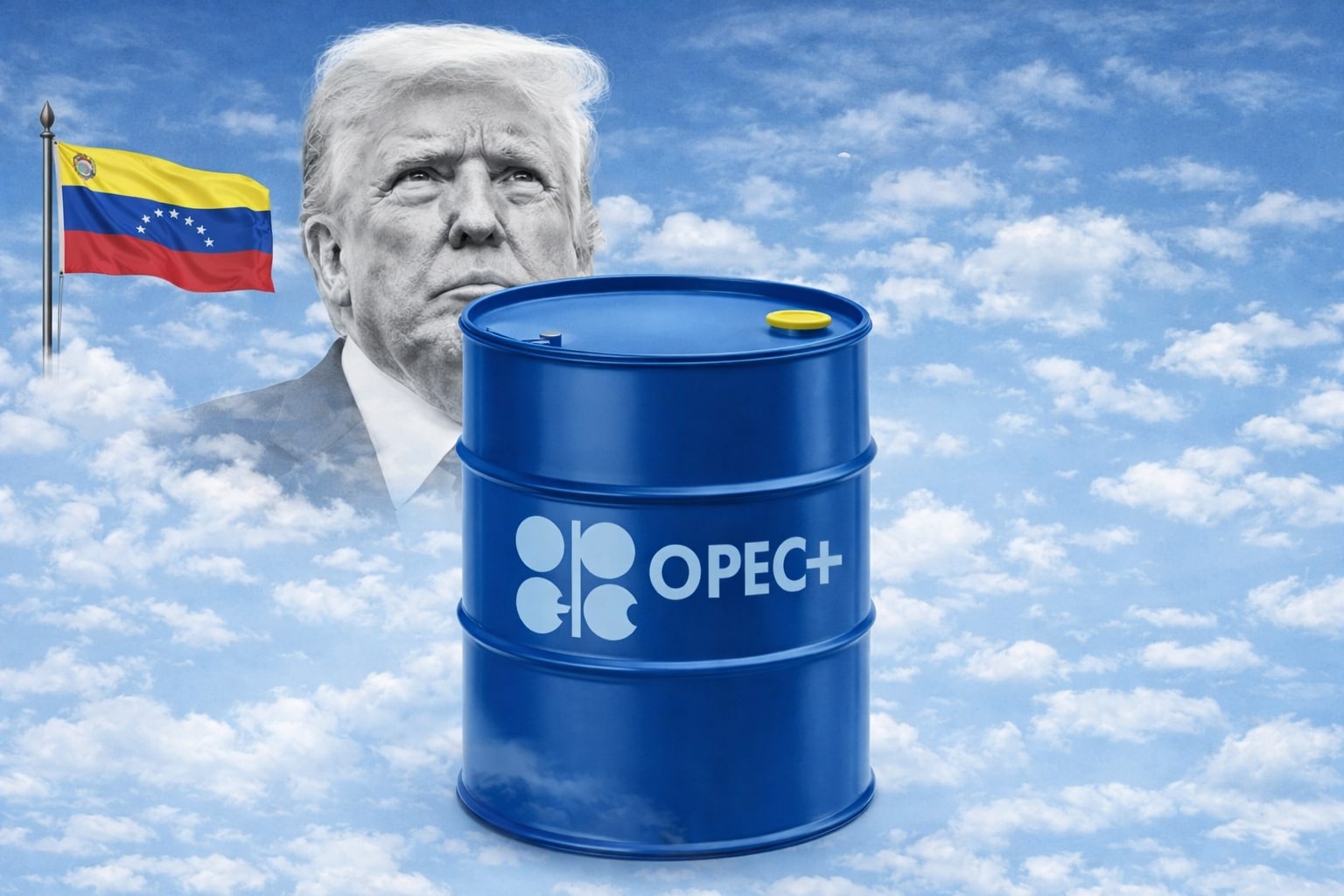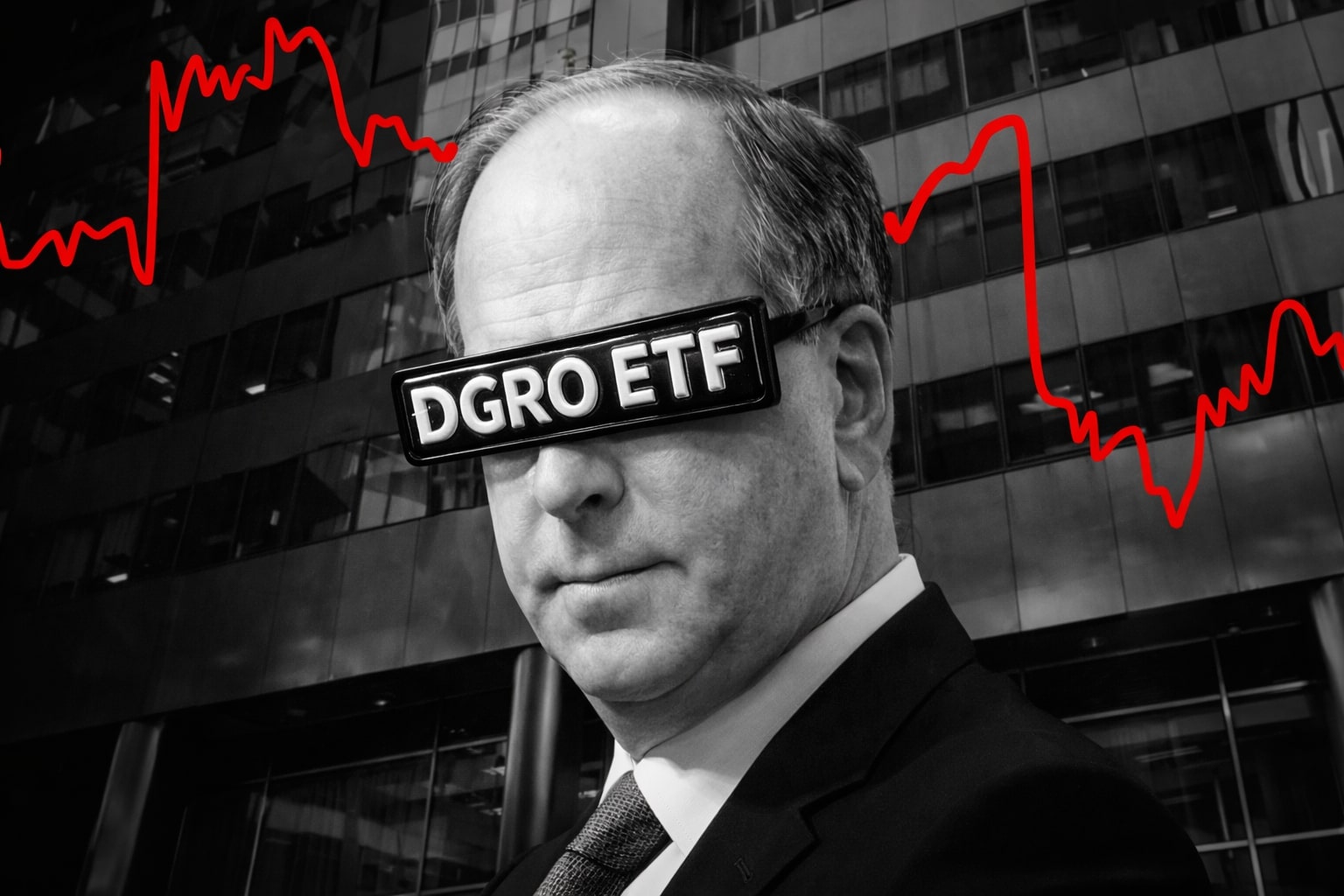
Natural Gas (NG=F) Climbs to $2.98 as LNG Strength and Short-Covering Revive Bullish Momentum
Natural Gas futures bounce from $2.89 to $2.98/MMBtu, supported by LNG exports at 14.2 Bcf/d, reduced speculative shorts, and firm technical support near the rising channel floor | That's TradingNEWS
Natural Gas (NG=F) Rebounds Toward $3.00 as LNG Exports Surge and Bargain Buyers Step In
Natural Gas (NG=F) futures are regaining traction after four consecutive sessions of decline, climbing back toward the $3.00 per MMBtu level on a mix of revived LNG demand, short covering, and technical support at $2.89. Friday’s rally signals that speculative sellers may be losing control of the near-term direction as export momentum strengthens, while domestic fundamentals remain cautiously balanced.
Key Recovery Levels and Technical Framework
The front-month contract for NG=F found support near $2.89, a critical level aligning with the rising channel floor and 78.6% Fibonacci retracement. A sharp rebound followed, reclaiming the $2.95 anchored VWAP line, confirming renewed buying interest at technical confluence. By the session’s close, prices had advanced to $2.98, finishing in the upper third of the range, an early signal of a sentiment shift.
The 50-day moving average at $3.02 remains a key resistance pivot — the same level marking the September 26 breakout retest. A sustained close above this threshold would confirm a transition out of corrective territory and open the door for targets near the 20-day and 10-day averages, currently clustered around $3.16–$3.17. A breakout above $3.07, last week’s local high, would reinforce upward momentum.
Export Momentum and LNG Flow Resurgence
A major tailwind comes from the LNG sector, where U.S. export volumes continue to accelerate. Recent load data shows LNG shipments averaging near 14.2 Bcf/d, with European and Asian buyers replenishing inventories ahead of winter. The Rio Grande and Corpus Christi facilities are operating near capacity, offsetting the impact of mild weather forecasts that previously weighed on prices.
Despite near-record production at 106 Bcf/d, the export surge has helped stabilize the front-month curve, narrowing contango between Henry Hub and forward spreads. Traders are increasingly pricing in the view that global demand for U.S. gas will remain structurally strong through Q1 2026, supported by new liquefaction capacity and resilient foreign benchmarks.
Storage and Supply Dynamics
Weekly storage data from the U.S. Energy Information Administration (EIA) showed an injection of 80 Bcf for the week ending October 10, slightly below expectations but consistent with seasonal norms. Total working gas in storage now sits near 3.63 Tcf, roughly 6% above the five-year average, tempering extreme bullish expectations.
Still, the balance is tightening. Forecast models indicate injections will slow sharply as the shoulder season fades, potentially reducing end-October inventory levels below 3.8 Tcf. Traders view this as a potential inflection point: if cold weather patterns materialize earlier than expected, storage adequacy could become a late-quarter concern, especially with exports diverting incremental volumes offshore.
Production Trends and Regional Price Differentials
Field-level data show output holding firm across key basins, with the Permian and Haynesville leading at over 16 Bcf/d each. However, maintenance on the Permian Highway Pipeline (PHP) and intermittent constraints at Waha Hub have compressed regional basis differentials. The Waha discount widened to -$1.19, reflecting limited egress and local oversupply, while Westcoast Station 2 fell $1.69, underscoring continued pressure on Canadian producers facing pipeline bottlenecks.
In contrast, Algonquin Citygate gained $0.25 and Chicago Citygate added $0.045, signaling early winter buying interest in the Northeast and Midwest. These regional divergences highlight the structural fragmentation in North American gas markets — one where infrastructure capacity, rather than outright production, dictates price stability.
Weather and Demand Outlook
Weather forecasts remain a wildcard. Models suggest below-normal heating degree days for late October, muting short-term consumption prospects. However, meteorologists are noting potential polar jet stream shifts into early November that could bring subfreezing temperatures to the northern U.S. corridor. If verified, the heating demand curve could steepen sharply, driving Henry Hub (NG=F) back above $3.20–$3.30 into November.
Industrial consumption continues to lag, with ISM manufacturing data showing contraction in 11 sectors, notably in chemicals and fabricated metals, both gas-intensive industries. However, residential and power burn demand remain strong, supported by persistently low renewable output during the transitional season.
Read More
-
DGRO ETF Price: Is DGRO at $69.17 Still the Better Dividend-Growth Bet?
17.12.2025 · TradingNEWS ArchiveStocks
-
XRP Price Stuck Below $2 As XRPI at $10.74 and XRPR at $15.26 Ride $1B+ ETF Inflows
17.12.2025 · TradingNEWS ArchiveCrypto
-
Natural Gas Price Forecast - NG=F Steady Near $4 as TTF Jumps on Colder Forecasts and LNG Outage Risk
17.12.2025 · TradingNEWS ArchiveCommodities
-
USD/JPY Price Forecast: USDJPY=X 155.50 Pivot Before BoJ Hike and US CPI
17.12.2025 · TradingNEWS ArchiveForex
Market Positioning and Speculative Flows
CFTC data indicate that managed money positions remain net short but have been trimming exposure since early October. The latest count shows a net short position of 34,200 contracts, down 9% week-over-week — the largest liquidation in over a month. This positioning shift coincides with Friday’s technical rebound, suggesting that the market may be entering a short-covering phase ahead of winter forecasts.
The open interest decline over the past four sessions also reflects traders reducing leverage exposure, preferring to re-enter on confirmed signals rather than speculative weather bets. This deleveraging dynamic has historically preceded stronger directional moves in the gas complex.
Global LNG Arbitrage and European Benchmarks
International pricing remains supportive for U.S. exports. The Dutch TTF benchmark stabilized above €31/MWh ($9.50/MMBtu), while JKM in Asia traded near $10.20/MMBtu, maintaining a $6+ premium over Henry Hub, a gap sufficient to keep U.S. cargoes profitable despite high freight rates.
European storage facilities are near 97% capacity, but colder forecasts across Northern Europe could elevate imports, especially if wind generation continues to underperform. Asian LNG buyers, notably in Japan and South Korea, have stepped up November procurement, which may extend the U.S. export rally into Q4.
Technical Momentum and Chart Structure
From a technical standpoint, Natural Gas (NG=F) remains within a rising channel pattern that has defined price action since early September. The channel’s lower boundary near $2.89 successfully held, affirming trend integrity. A clean breakout above the $3.02 50-day average would shift control to buyers, targeting $3.16–$3.25 initially and possibly $3.40 thereafter.
A decisive rejection, however, would expose support retests at $2.89 and $2.80, the latter aligning with the August volume node on the daily chart. The RSI’s recent rebound from 38 to 48 and the flattening MACD histogram both confirm early stabilization but not yet a fully developed bullish reversal.
Market Sentiment and Strategic Perspective
Sentiment across the natural gas complex has improved but remains tentative. The stabilization of prices near $2.95–$3.00, combined with evidence of rising LNG throughput and firm technical support, marks a shift from capitulation to cautious accumulation. Institutional traders are reportedly repositioning in the forward curve, with March–April 2026 spreads tightening as expectations build for stronger late-winter demand.
From a broader macro view, the interplay between record U.S. production, resilient LNG exports, and moderate weather continues to anchor the market near equilibrium. Yet any deviation — a cold snap, a pipeline outage, or geopolitical LNG disruption — could rapidly jolt volatility back into the curve.
Verdict on NG=F: Tactical Buy Amid Structural Tightness
Considering the rebound from $2.89, sustained export strength, and improving speculative positioning, Natural Gas (NG=F) currently presents a tactical buying opportunity within the $2.90–$3.05 zone. Upside potential toward $3.30–$3.40 exists if momentum extends beyond the 50-day average, while downside risk appears limited to $2.80 in the near term.
With LNG flows anchoring demand and technical resilience signaling renewed confidence, natural gas may be entering a short-term recovery cycle — one that favors accumulation ahead of winter’s full demand onset.



















